In this article you will learn all the reasons why do cats make biscuits on your stomach. Many cats exhibit an adorable behavior known as “making biscuits,” which is a rhythmic kneading motion. Your cat’s charming act of pushing their paws in and out of your lap is frequently accompanied by a symphony of purring. However, what specifically drives them to act in this way? Gaining an understanding of the motivations behind your cat’s “biscuit-making” can help you better understand their feelings and inclinations.
A Throwback to Kittenhood: The Comfort of Kneading
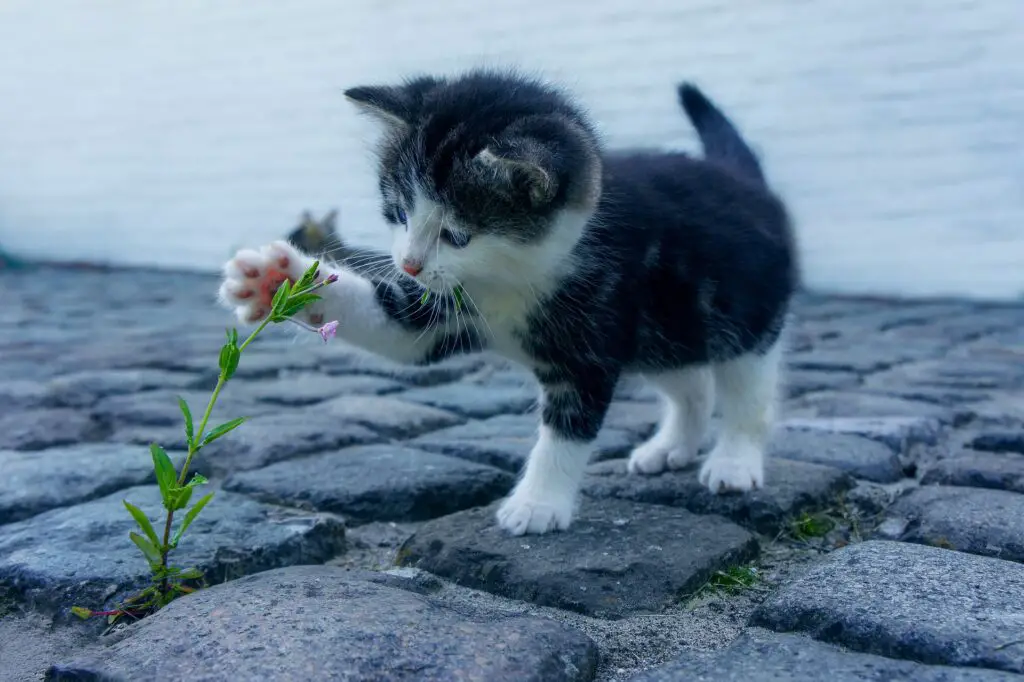
This behavior has its origins in a cat’s kitten years. When nursing, newborn kittens knead their mother’s mammary glands instinctively to increase milk flow. They get nourishment from this rhythmic kneading, which also gives them a sense of security and comfort. When they knead their mother, the warmth and light pressure develop into a deeply rooted positive association.
Marking Their Territory: A Scentimental Gesture
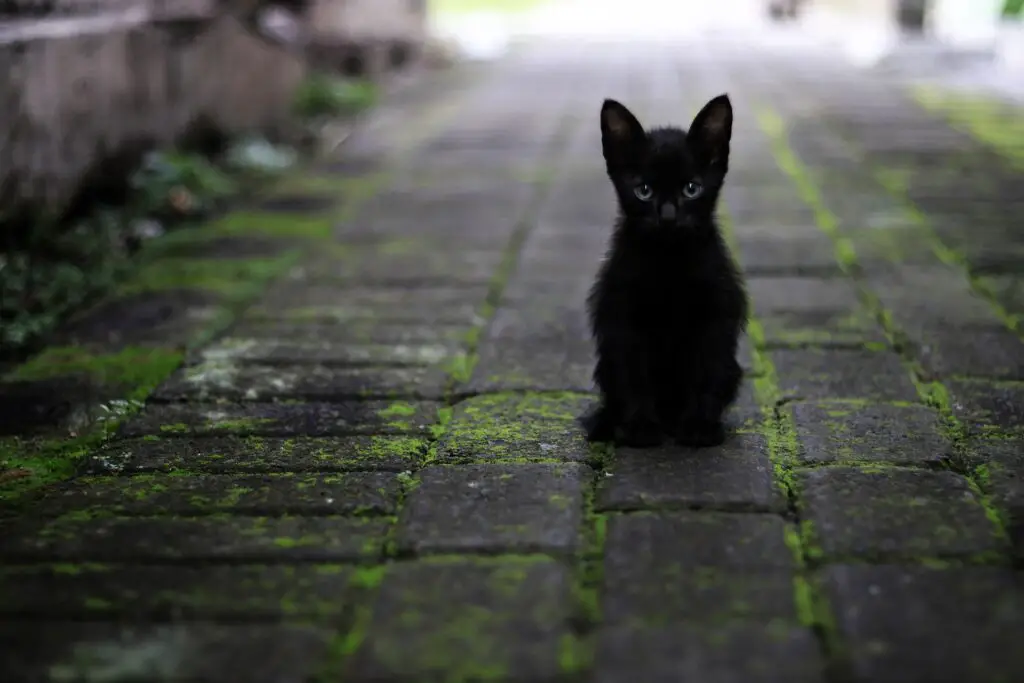
Scent glands can be found in the paws of cats. Pheromones are released by these glands when they knead on your lap or other soft surfaces. Cats use these pheromones to mark their territory and identify you and your possessions as secure and familiar. They may be communicating with you by kneading your stomach to say, “This is my human, and this is my comfy spot!”
Expressing Contentment and Affection: A Purrfect Display

A cat’s act of making biscuits is one of the cutest ways they can show their happiness and affection. Your cat’s rhythmic kneading motion, which is frequently accompanied by purring, indicates that it is content, at ease, and safe in your company. See it as a way for them to express their love and gratitude for their favorite person—you—as a kind of cat massage.
Seeking Attention
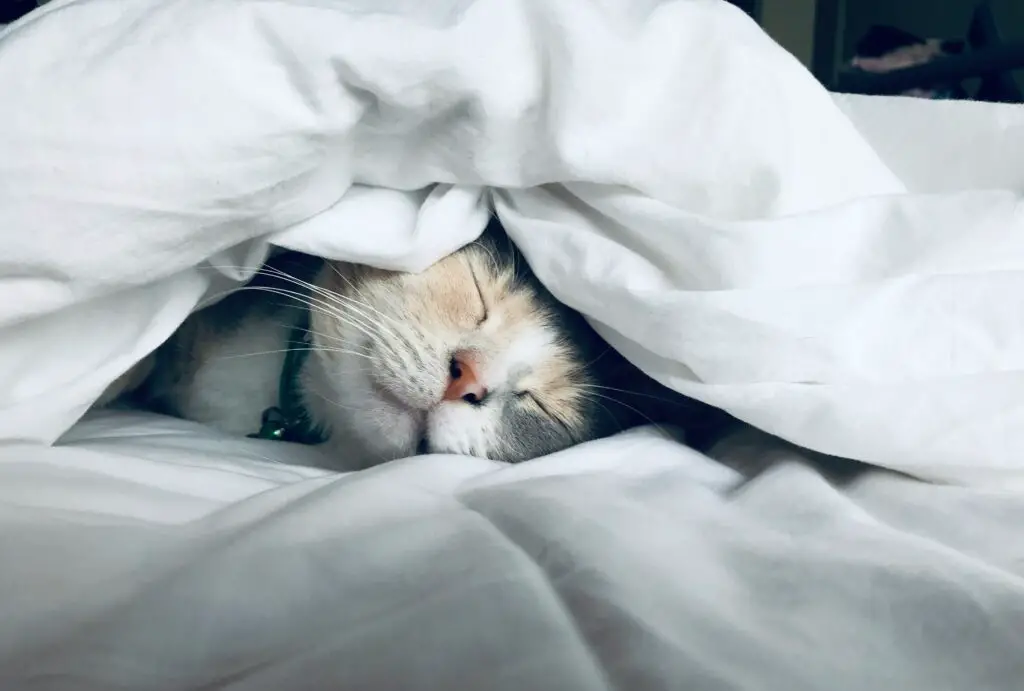
Your cat may occasionally use kneading as a means of attracting your attention. Your cat may be gently urging you to play or get some petting if it starts kneading on you when you’re absorbed in a book or watching TV. Observe and learn why do cats make biscuits on your stomach ,their body language; are their tails held high and their ears perked up? These signals could mean they’re up for some interactive entertainment.
Self-Soothing Behavior
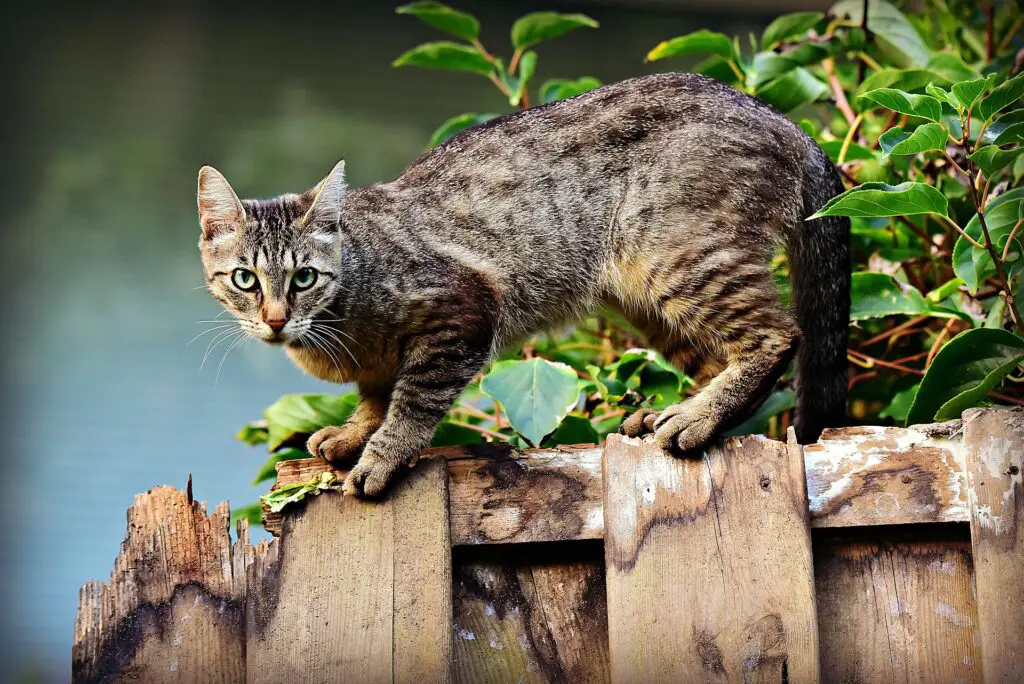
Kneading can also be a self-soothing technique used by cats. Similar to the comfort they associate with kneading as kittens, the rhythmic motion can be a calming technique for them during stressful situations. Your cat may be using kneading on your lap as a coping mechanism for anxiety if they do it during a thunderstorm or when they receive unexpected guests.
Not All Kneading is Created Equal
Although your cat kneading is usually a good thing, you should be aware of their overall body language. If your cat is flattening their ears, swishing their tail quickly, or hissing, these could be signs of irritation or even aggression. In these situations, you should give your cat some space and refrain from interacting with them.
Respecting Boundaries
It’s certainly cute to see your cat kneading on your lap, but it can also get awkward at times, particularly if their claws are sticking out. You can gently reroute their paws to a soft blanket or scratching post if you find the kneading to be a little too intense. The secret is to be patient and give them a different way to satisfy their kneading cravings.
A Special Bond Between Cats and Humans
A cat’s act of creating biscuits on your stomach is a lovely expression of their trust and love for you. It serves as a reminder of the unique connection we have with these fascinating animals. We can value their emotional intelligence and fortify our relationship with them when we comprehend the motivations behind their kneading behavior. Thus, the next time your feline begins their kneading ritual, accept it as an adorable demonstration of affection and allow the joyful purrs to fill your heart!
A Feline Foot Massage
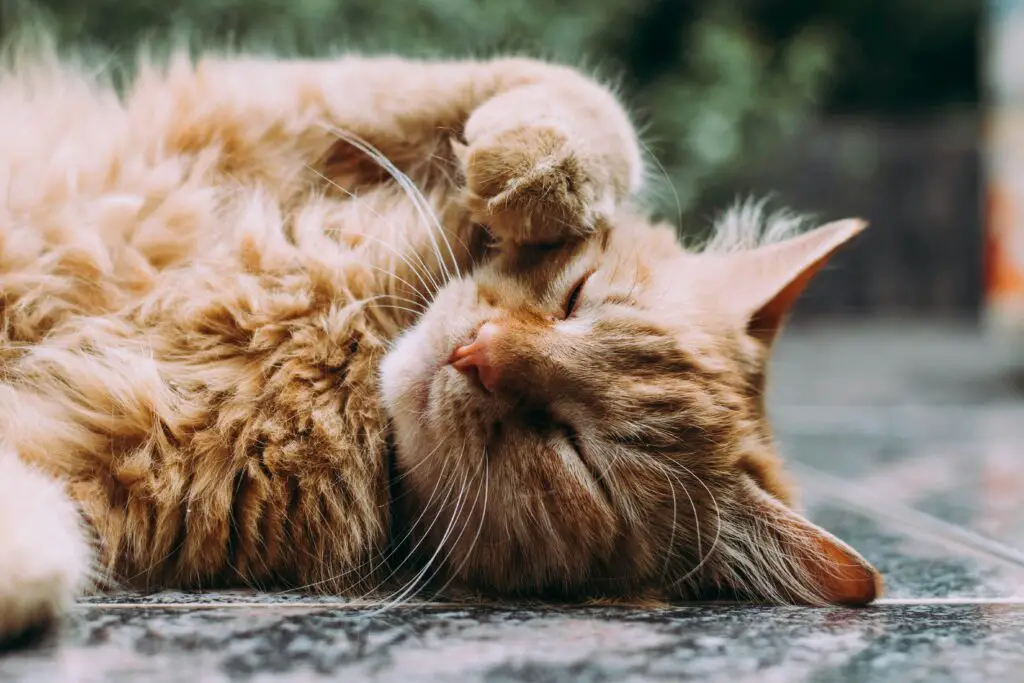
The precise biological mechanisms of kneading are still being investigated, despite the fact that the emotional aspects are well understood. According to some theories, the rhythmic kneading motion may encourage the body’s endogenous feel-good chemicals, endorphins, to be released. This may help to explain why cats seem so happy and at ease when kneading. Furthermore, the pressure used when kneading may resemble acupressure, encouraging relaxation and possibly relieving tense muscles.
Beyond Comfort
There’s growing interest in the potential health benefits of kneading for cats themselves. The kneading motion might help to stretch and strengthen muscles, particularly in the paws and forelegs. This can be especially beneficial for older cats or those with limited mobility. Additionally, the pressure applied while kneading might stimulate blood flow to the paws, promoting overall well-being.
Kneading and Instinctual Behaviors: More Than Just Kittens
Although kneading is strongly associated with kittenhood, it is not limited to young cats. Kneading behavior is also sometimes seen in pregnant or nursing cats, possibly as a result of hormonal fluctuations or an innate desire to prepare a nesting area. It’s interesting to note that some cats will even knead on pillows or blankets that are inanimate. This implies that a variety of factors other than nursing may be responsible for the behavior.
Exploring Other Kneading Variations
Cats use kneading to express themselves in ways other than the traditional “biscuit-making” motion. While some cats “air knead”—that is, work without actually touching a surface—others may demonstrate a more subdued kneading motion with only one paw. Individual personalities, comfort zones, and even breed traits may have an impact on these variances.
A Knead-to-Know Conclusion: Celebrating the Feline Foot Massage
Knowing why cats leave biscuits on your stomach offers a unique window into their deep-rooted instincts and emotional world. This conduct goes beyond simple cuteness; it conveys trust, contentment, and occasionally a need for attention or self-soothing. The next time your feline friend treats you to a kneading ritual, remember the special bond you two have and accept your furry friend’s adorable display of affection.
